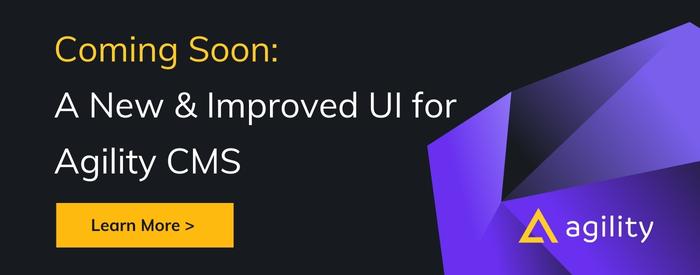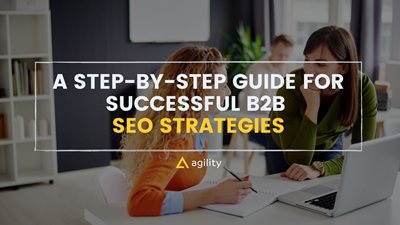The Basics of SEO Elements


SEO Research - Generating More Keywords & More Content
You may have a good idea about the keywords and phrases your customers use when searching for solutions, but those are your ideas. If you take those keywords and phrases, apply something called Latent Semantic Indexing (LSI) to them. It's a big phrase, but the phrase is unimportant.
The idea is:
Search engines know that people use on-page SEO tricks like stuffing keywords into their <h1> tags, <title> tags, and <H2> tags to get their content surfaced.
These trick the system. Google isn't a huge fan of getting tricked, so it relies on LSI (among other things) to separate the good articles from the articles with empty keyword stuffing.
LSI is hugely complex and is often described in hugely complex ways, but the idea is pretty simple. Here it is:
What words/phrases co-occur with the words/phrases your customers search for?
If an article has a bunch of words/phrases that co-occur with what your customer is searching for, Google will rank your article high - even if you don't have many instances of the exact keyword being searched.
In plainer language, if your customer is looking for 'flights south,' Google will surface sites with phrases like 'warm destinations.' "Warm destinations' has none of the keywords in 'flights south,' but because when people search for 'flights south,' the phrase 'warm destinations' frequently co-occurs, Google knows that if your page has 'warm destinations' in it, it is likely very relevant to someone searching for 'flights south.'
You can find those words that co-occur with your keywords at LSIgraph.
On-Page SEO - Getting the SEO into the Right Places on Your Site
We've looked at how Google uses a variety of ranking factors to judge your content. Here is how to get those ranking factors to work in your favour.
It starts with sprinkling your LSI keywords into critical spots in your document. If you are writing for an audience whose number one goal is enjoying great experiences and know some of the keywords that speak to that audience include 'one-of-a-kind, breathtaking, remarkable, best,' and you know they search for specific cities, here is a sample SEO roadmap.
Content
You must write something valuable and necessary to people looking for one-of-a-kind breathtaking, remarkable experiences in their city. Start by creating content your audience will value. Let's say they live in San Francisco.
URL
The URL is a great place to start embedding keywords. For this audience, a great URL could be:
www.yourdomain.com/breath-taking-evening-san-Francisco
<Title> tags
The title is another critical section. Using the LSI approach to SEO, your title could be:
"A one-of-a-kind experience by the golden gate bridge"
<h1> tags
The H1 tag is a perfect opportunity to reinforce the title:
"Enjoy a remarkable dinner close to San Francisco's iconic landmark."
<h2> tags
H2 tags get more variations of the same:
"San Fran's best late-night adventure"
<body> text
The body is where you dive into details that provide value to the audience. Keywords aren't as necessary here; the point is to create something so good people stick around to read the entire thing.
Now that you have created content that your audience searches for and needs, and you have embedded your original keywords, plus your LSI keywords, into the right sections of your text, it's easy for Google to see that users like to read your content, and it's easy for Google to understand what your content is. You are almost done.

About the Author
Harmonie is the Senior Marketing Manager at Agility CMS




